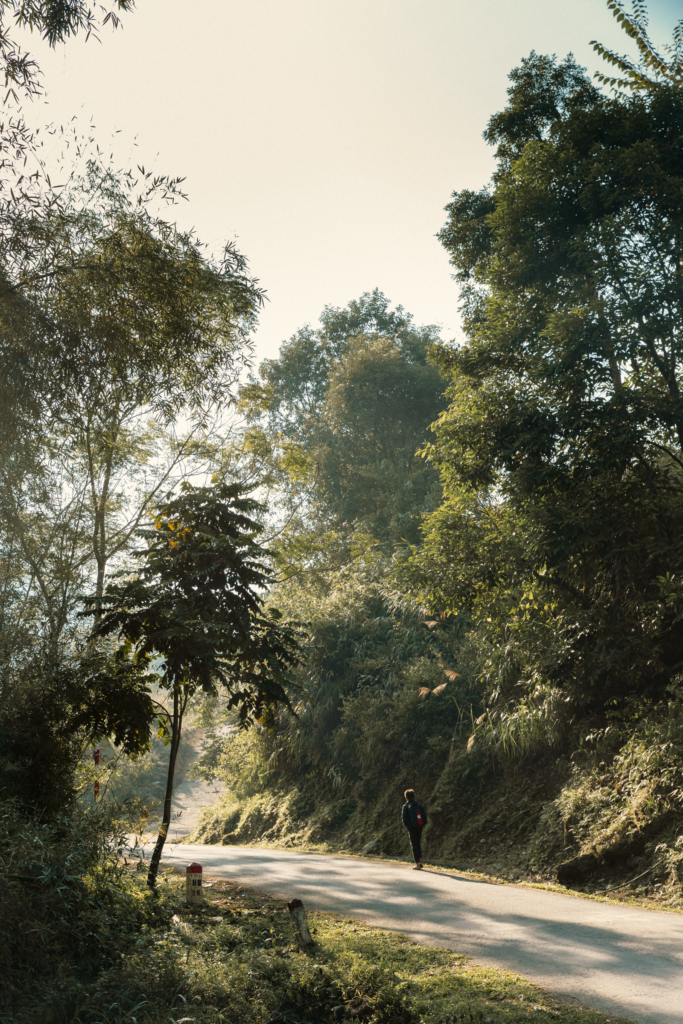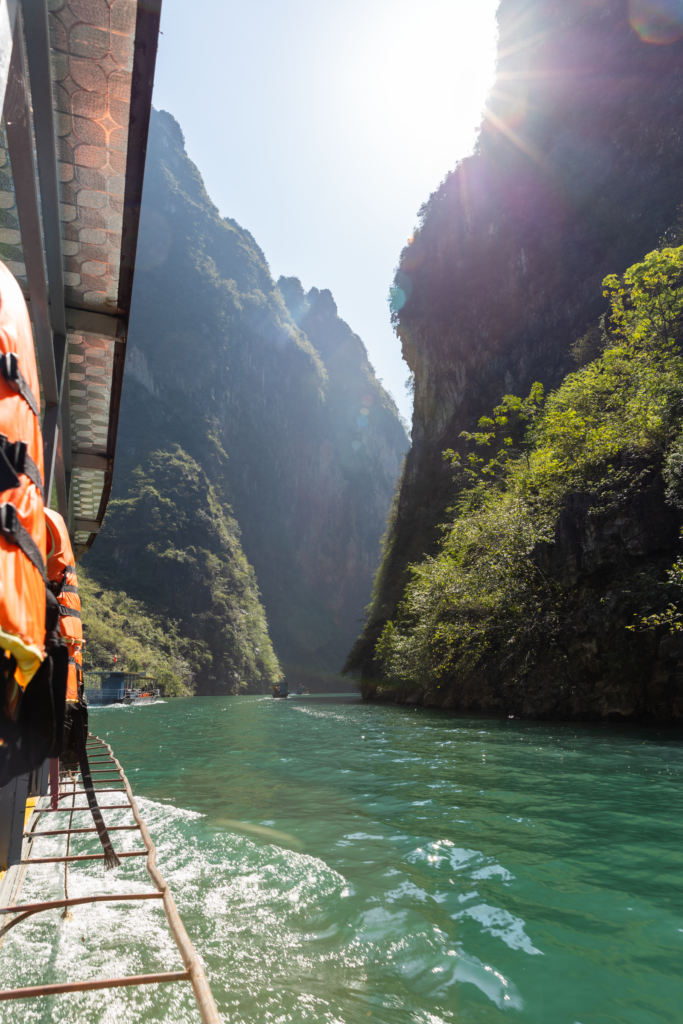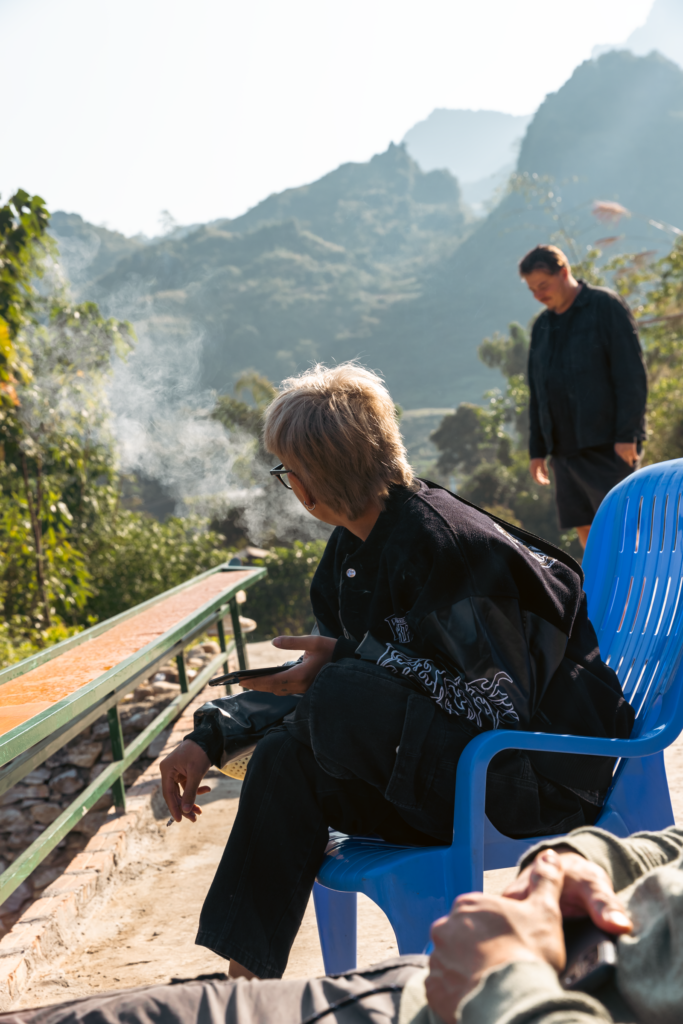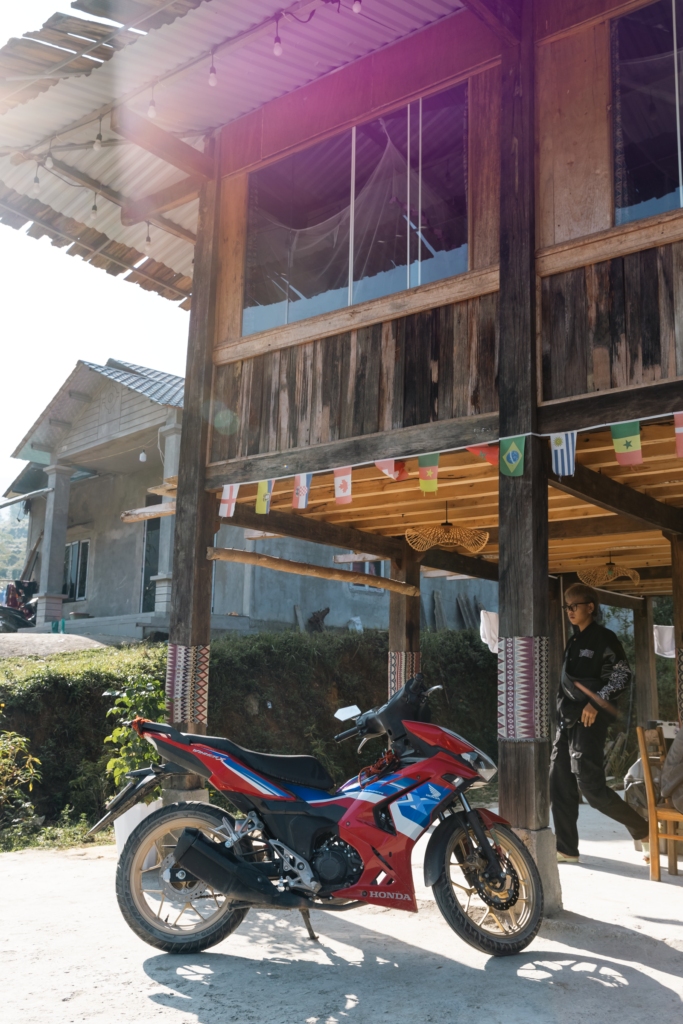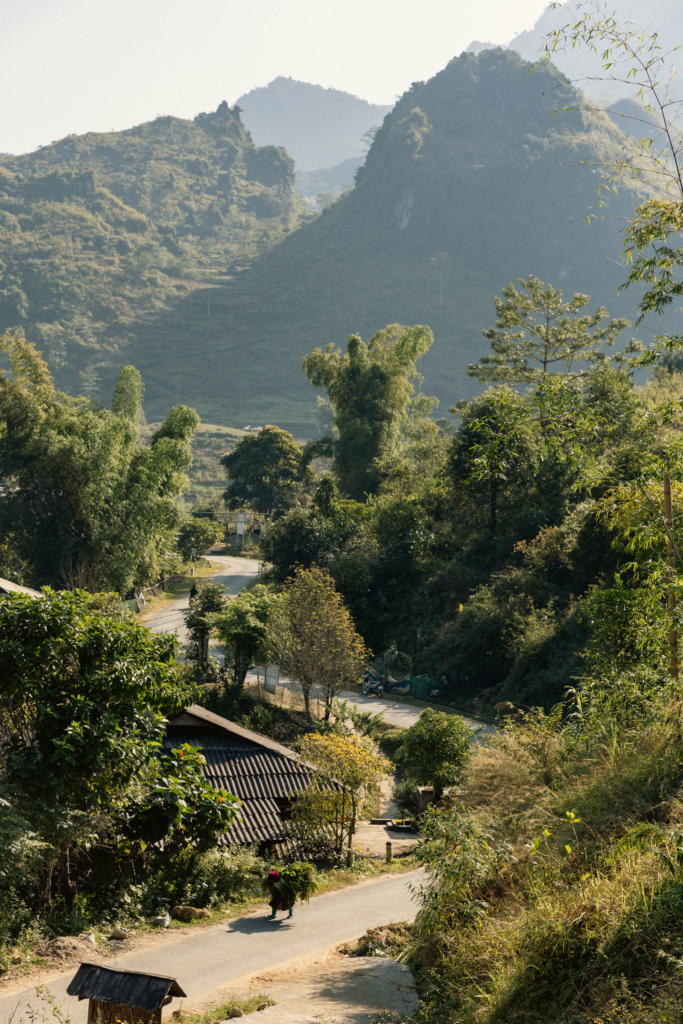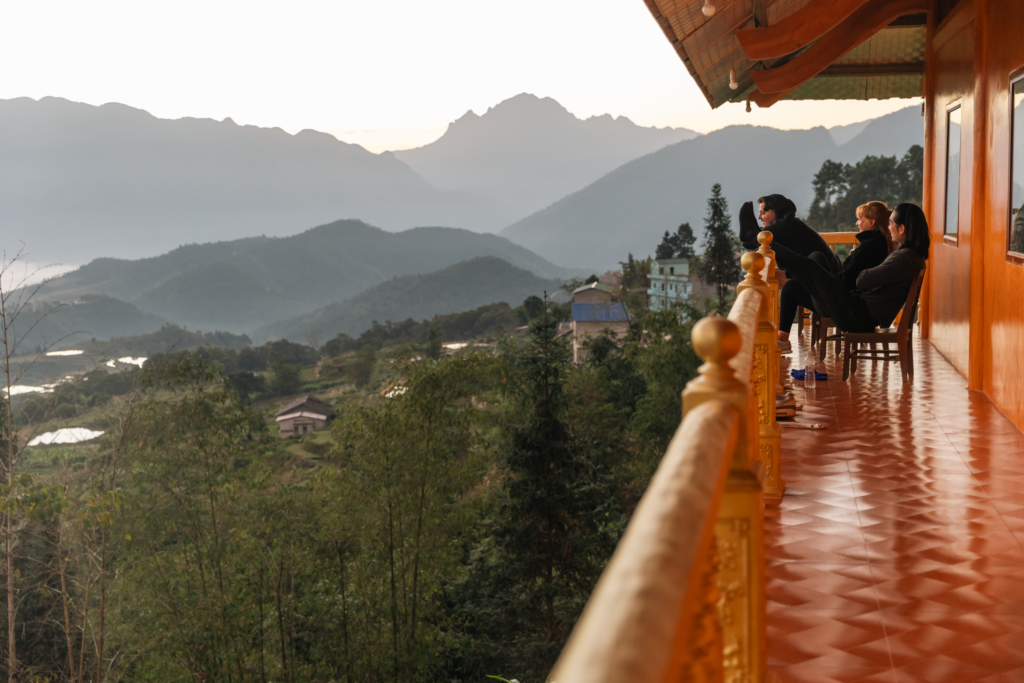
The Ha Giang Loop
With every trip I plan, I research the best things to do, where to eat, things off the beaten path, and really try to decipher the reviews for what actually aligns with my interests. One of the activities that came up over and over again for northern Vietnam was doing the Ha Giang loop tour, preferably for 3-4 days on a motorbike. This tour covers the northeastern area of Vietnam, through an area so diverse in ethnic groups that it earned an UNESCO recognition. Like much of the other areas we visited, the tour also promised incredible, seemingly endless views of limestone mountains.
What is not frequently mentioned is that US citizens are not permitted to drive themselves in Vietnam. No, International Driving Permits are not accepted. Why? Politics. Yes, this goes back to 1968, during the VIetnam war, when there was the Vienna Convention on Road Traffic, and the US was one of the countries that did not sign and ratify this treaty.
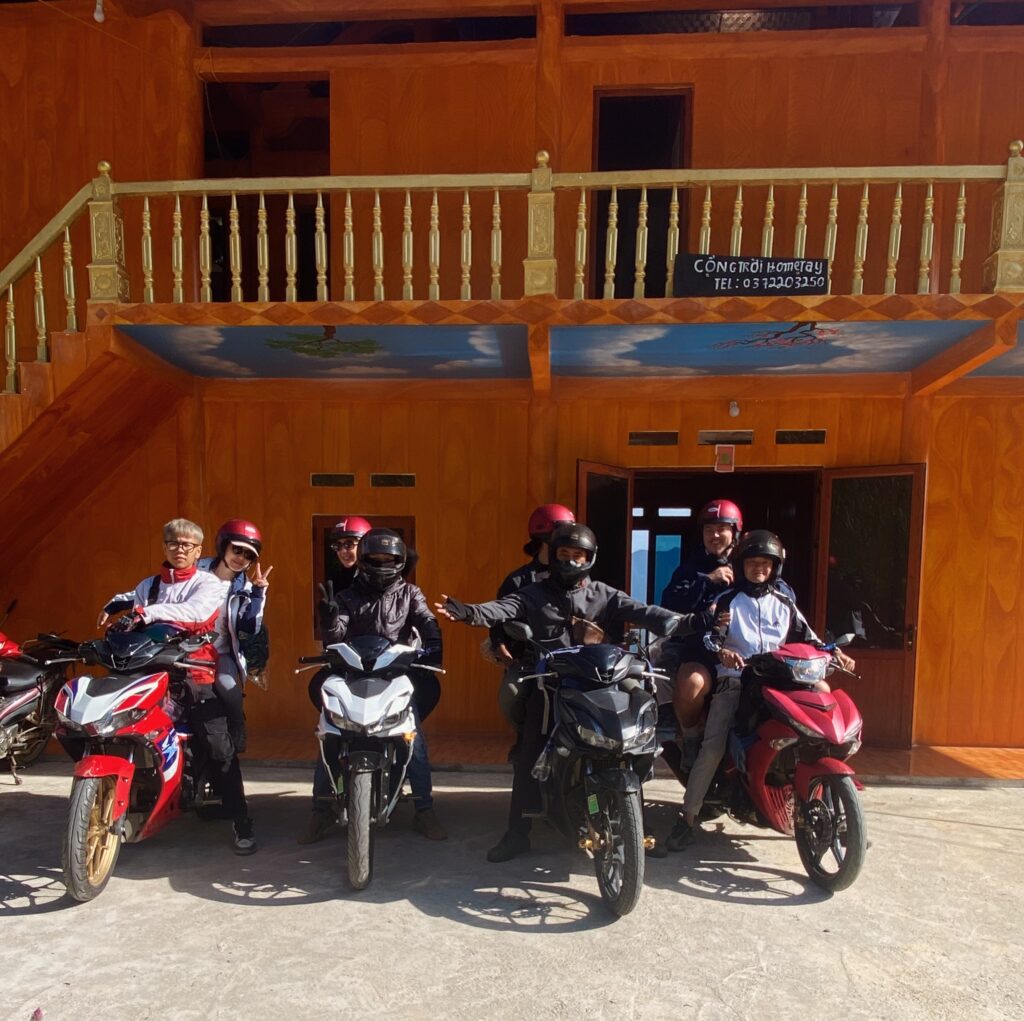
But I’ve heard that lots of people do it anyway! Yes, this is also true. Many tourists drive themselves, with or without IDPs (and yes, the police actually do know the difference and will check if the motorcycle license is there as well). You can be fined up to 1.5 million VND (about 40 USD) each time you’re caught by a cop (that did happen to a couple people in our group at the very start of our tour), and in rare cases, the bikes can also be confiscated. Since there is no way to drive yourself legally, you would also not be covered by any travel insurance, and getting to a hospital from a rural area was a challenge we did not want to take.
Finally, riding a motorbike is dangerous. Road conditions can be narrow and slippery, and we saw multiple people with scrapes and bandages. Especially since I’ve had a family member pass away from a motorcycle accident, this risk was definitely not something I took lightly. Fortunately, there is the option of an Easy Rider, which is hiring someone to drive while you ride on the back. It won’t be as cheap, but it will be much safer, and you can spend more time admiring the views. I specifically chose this one (we loved having Tony as our guide!) to avoid a huge group tour, like the ones from hostels.
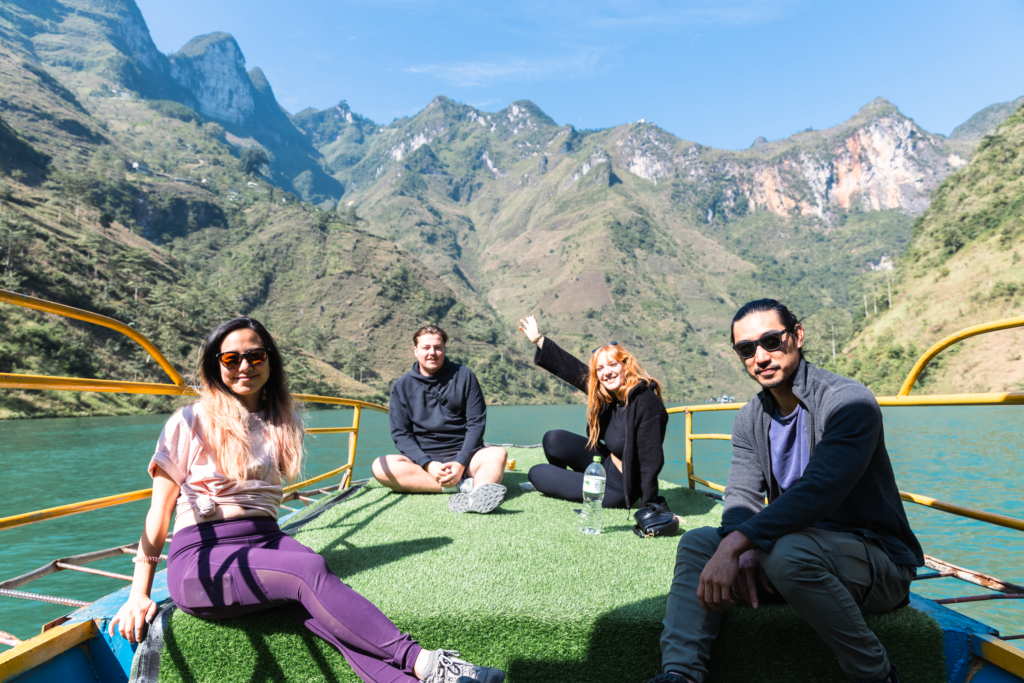
There are 3 main rules that I believe those riding the Ha Giang loop should follow:
1. Stick to the right unless passing. I can’t tell you how many times some of the larger groups would take up the entire road, making it difficult to pass and causing back up. Not only is it easier to hit each other and cause accidents, it shows a complete lack of courtesy to others on the road. Not everyone is an experienced driver, and this was especially evident when reckless, shaky drivers almost hit my Easy Driver and me a couple of times. I’m still pissed off at them for this.
2. Honk when passing. Honk around corners. It may sound gratuitous, but honking lets those around you know that you’re there. You can’t fight a huge truck speeding through corners. Basic safety.
3. As one motorcyclist I interviewed back in college said, “Don’t be stupid.” Even seasoned Easy Drivers can get into accidents (we accidentally stumbled upon a rest stop where the family of a driver was in mourning). The more of an ego you have, the more likely you’ll fall. The road is shared with trucks, cars, other motorbikes, and even elderly folks and children walking along the edge as there are no sidewalks. Be respectful of the locals, fellow tourists, and especially your drivers.
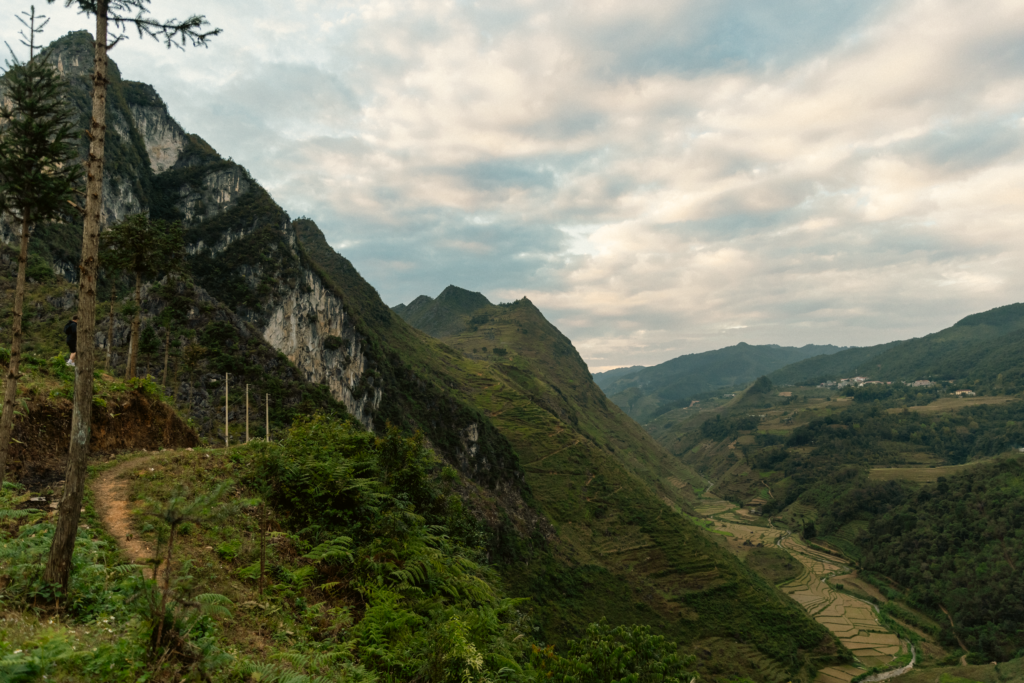
As for the actual trip, I believe it was absolutely worth the experience. We loved getting to know our travel mates (unfortunately, my communication with my driver was limited to “okay,” “sorry,” “thank you,” and getting excited over seeing piglets and chickens on the side of the road)! Yes, your butt will be sore after 4 days of riding, but the majestic views are best enjoyed if you don’t have to worry about navigating. We passed many former rice patties, took side roads through villages where children ran out for high fives, and were fortunate to have beautiful weather. Also, when people talk about “happy water,” it’s as guaranteed at nearly every homestay as hours of karaoke. Since most of this rice wine is home brewed, each one can have a different potency.

Our Ha Giang loop trip included most of the popular stops, like Lung Khuy Cave, Ma Pi Leng Pass, Lung Cu Flag Point, Lung Tam Hemp Weaving Village, Hmong King’s Palace, and Du Gia Waterfall (would not recommend going to the latter when busy unless you want to party with techno-loving Europeans). However, the moments I loved the most including eating local food (although fries were ordered for every lunch, seemingly to please us Westerners). It was seeing the colorful attire of Hmong, Lo Lo, and Dao people. It was marveling at the strength of women who looked 90 years old, wearing sandals, carrying bushels 5x their size up a hill. It was walking through mud homes and seeing large mats of corn drying in the sun. It was dancing around a bonfire in the middle of Dong Van to celebrate the buckwheat flower festival. The magic was sitting down at a road side pit stop, where the drivers immediately took their smoke breaks (cigarettes and bongs), drank super bitter green tea, and admired the vast, green landscape. I appreciated taking the smaller roads off the beaten track too, even if that meant I had a death grip on my poor driver down some steep hills.
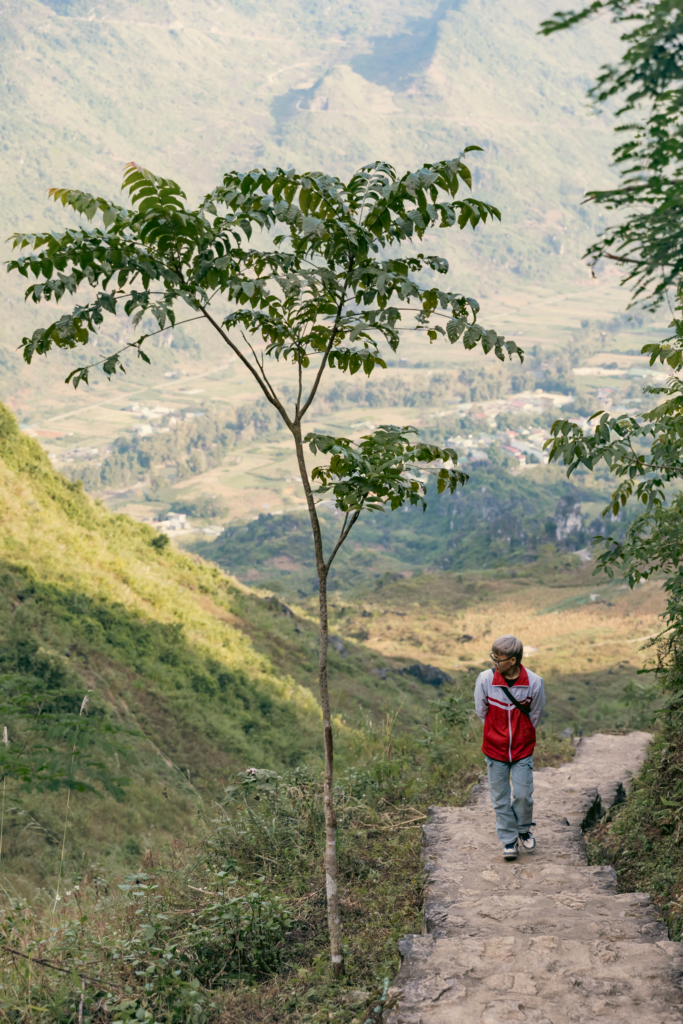
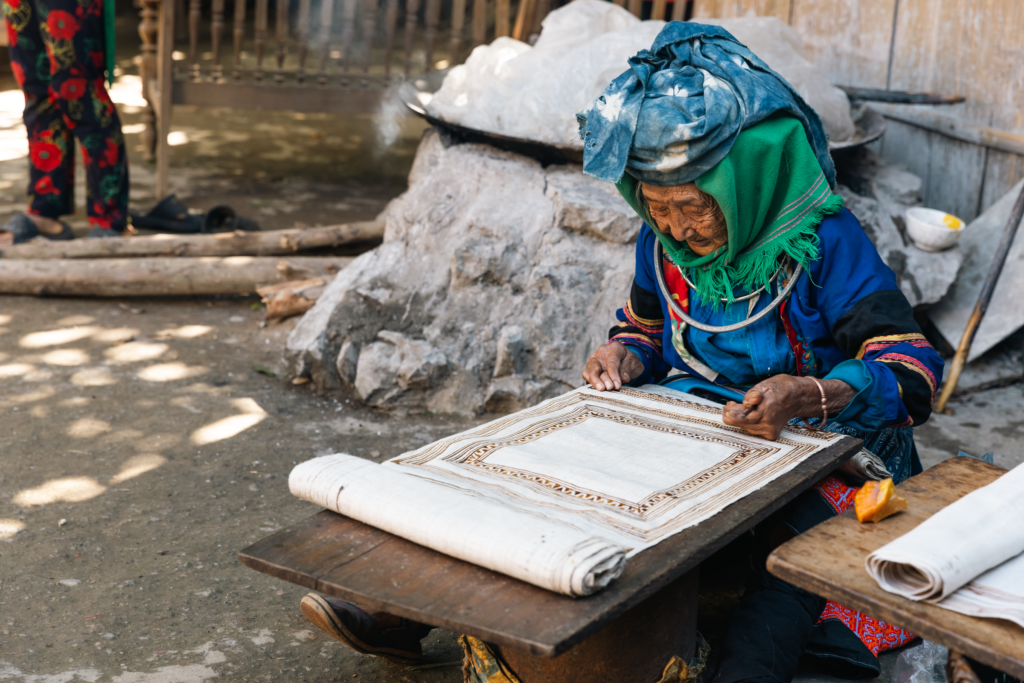
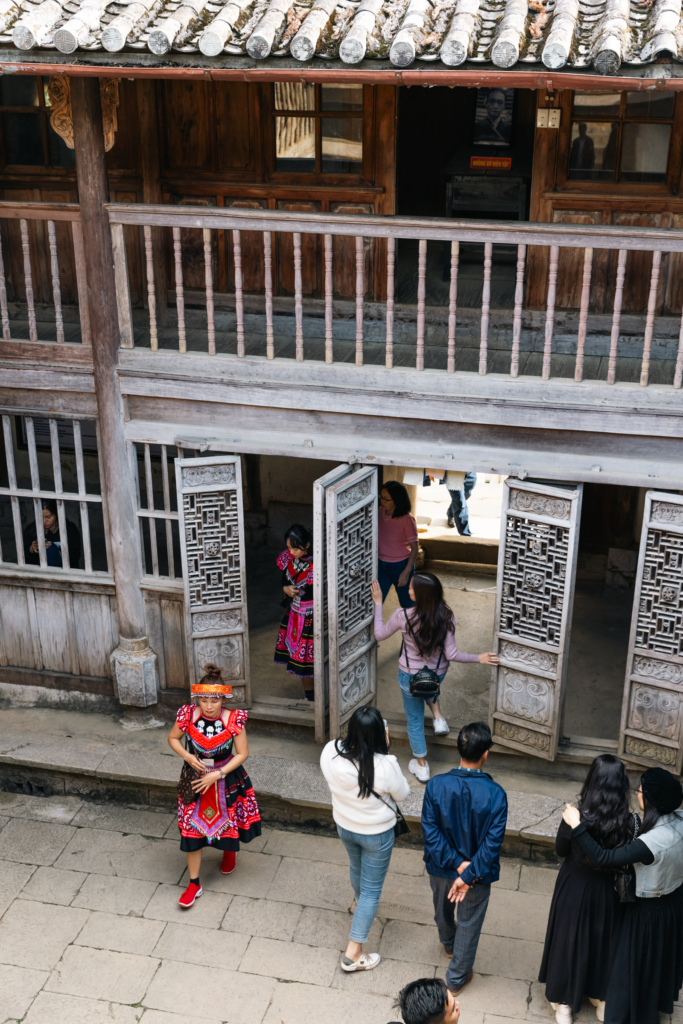
There is a part of me that is wistful at the thought of seeing the Ha Giang loop area as it was in November 2023, knowing that it will never be the same. You can see tons of homestays and other accommodations being built throughout the region, as Vietnam seems to be thriving and promoting their tourism immensely. On the one hand, it is great to see remote villages gain access to better infrastructure; on the other, even our tour guide mentioned that so much of the landscape has changed in the past years to make way for developments. It is incredible to learn about the different cultures and bask in spectacular scenery; I hope those will be preserved in a way that remains authentic and beneficial to its people.
